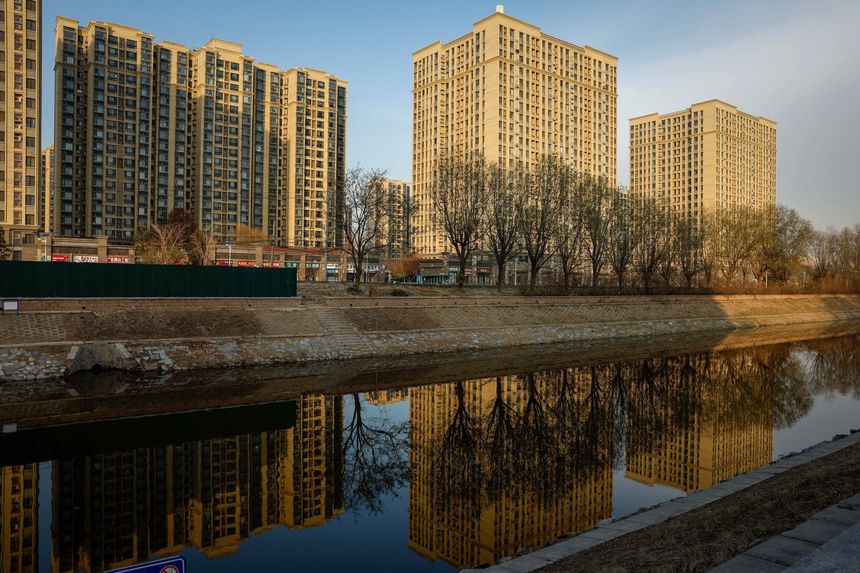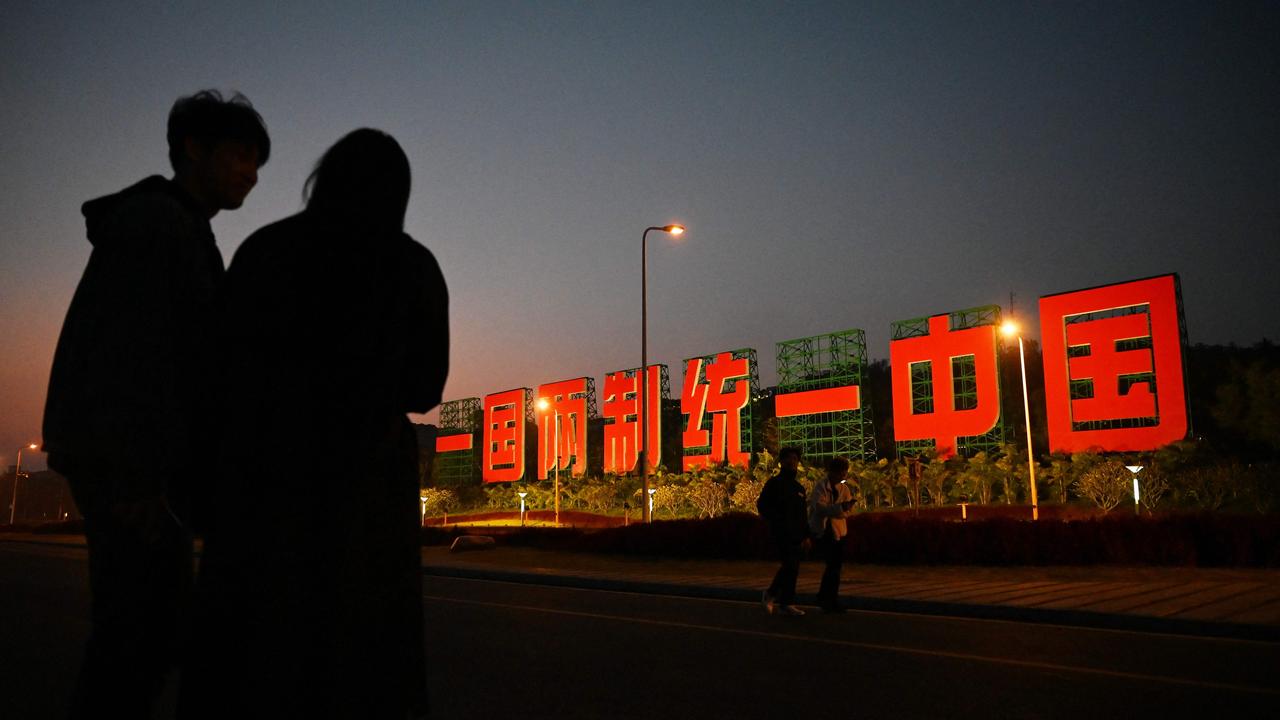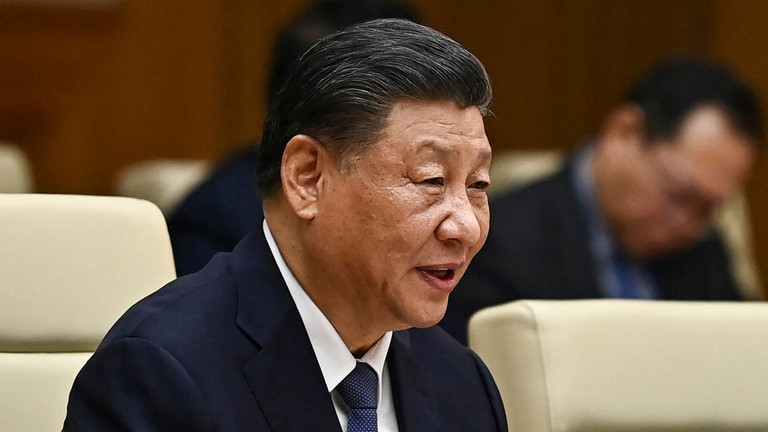This article is more than
7 year oldWarnings of a ‘chance of war’ between India and China as nuclear rivals face off
ASK most people to name a current crisis between nuclear armed states and North Korea and the US’ rapidly worsening relations would come to mind.
But there’s another skirmish happening between two nuclear nations and both have far more fully functioning missiles, poised and ready to fire, than Kim Jong-un could even dream off.
Ten thousand feet above sea level, in the sub zero cold of the Himalayas, things could be about to turn hot.
Since mid-June, Chinese and Indian soldiers have lined up “eyeball to eyeball” on the remote Doklam plateau. In recent days, more troops have been sent to the frontline.
Currently it’s a nonlethal battle of platitudes at altitude, but commentators in China have warned, “there could be a chance of war”.
And that’s not a great prospect, given India is thought to have more than 100 nuclear tipped missiles while China’s warheads could total more than 250.
The flashpoint between the two seems mundane ——the building of a new road on the Chinese controlled, but disputed, plateau. But the last time the two went to war, half a century ago, it was also over a road.
There is now said to be “complete stalemate” in the confrontation.

CONFLICT AT THE CHICKEN NECK
China and India have regularly come to blows on their 4000km long and infuriatingly ill-defined border. Remote and treacherous, few people live in these disrupted areas. But any moves to tame them such as, say, through the building of a road to make access easier, immediately risks a conflict.
The current anger kicked off in an area close to what India calls the “chicken neck” — a thin stretch of land that is the only direct link to country’s isolated north east.
Directly to the north is China, peering down from the mountains, covetous for some of the land it overlooks.
In early June, China commenced construction of a new road leading to the Doklam plateau, a disputed area it currently administers. It is close to the chicken neck at the so-called “tri junction” where its frontier meets both India and the tiny mountain kingdom of Bhutan.

China accuses Indian troops stationed in Bhutan — which only has a small army and relies militarily on India — from straying across the frontier to prevent the road’s construction.
On Monday, China’s state news agency, Xinhua, said the Indian military’s “trespass into Chinese territory is a blatant infringement on China’s sovereignty”.
However, Bhutan says it is the rightful owner of the plateau.
While Bhutan is part of the stoush, the real battle of wills is between China and India which cite different treaties to back up their various claims to land along the frontier.
And these are no mere scraps of mountain here and there. India claims 250,000 square kilometres of Chinese controlled land while China says 550,000km sq of Indian administered land should belong to them.

LINE OF ACTUAL CONTROL
“The failure to demarcate the China-India border has led to overlapping perceptions of where the so-called Line of Actual Control lies, guaranteeing rival border patrols will run into each other and force the issue,” Tsering Topgyal, an international relations expert at the University of Birmingham wrote in The Conversation in 2014.
On Tuesday, the Times of India said around 300-400 Indian troops were “eyeball to eyeball” with China in a “non-aggressive confrontation” but thousands more soldiers from both sides are close by. A further 2500 Indian troops has now been stationed in India’s Sikkim province, the province next to the tri point.

‘GRAVE SITUATION’
The Indian External Affairs Ministry has justified the build up, saying a 2012 agreement meant the frontier at the tri-junction would be finalised between the three countries. Any attempt to unilaterally determine the tri-junction points is a “violation of this understanding”, the statement said, reported the Hindustan Times.
India sees the road as China asserting sovereignty.
Last week, China’s ambassador to New Delhi, Luo Zhaohui, said the situation was “grave” and Indian troops should “unconditionally pull back to the Indian side”.
“India, who calls Bhutan an ‘ally’, said it had intervened on behalf of its neighbour, yet the true subtext is the South Asian giant wants to maintain and expand regional hegemony” thundered Xinhua.
But India might scoff at China lecturing it on regional hegemony.
Beijing has been widening its influence across the Indian subcontinent, funding big infrastructure projects in Pakistan, Bangladesh and Sri Lanka.
A maritime analyst said Delhi is increasingly worried.

“That means India is in some ways going to be surrounded by Chinese infrastructure projects. The fear is these Chinese ports could later be used for maritime and naval deployments,” Abhijit Singh of the Observer Research Foundation told the ABC.
In 1962, China and India’s border brinkmanship tipped over into war. More than 700 Chinese troops and 4000 Indian soldiers died before Beijing declared a ceasefire and victory.
That dispute began with the building of a Chinese road on disputed land but much farther west in Kashmir.
Earlier this month, China’s Global Times cited domestic security experts as saying that “there could be a chance of war if the recent conflict between China and India is not handled properly.
“China will resolutely defend its territory and safeguard the border.”
But when it comes to the border squabble close to the chicken’s neck, India is itself playing chicken.
Indian defence minister Arun Jaitley has a dark warning for China.
“The situation in 1962 was different and India of 2017 is different.”
The main difference is the India of 1962 did not have an arsenal of nuclear weapons. It has them now.
Keywords
Newer articles
<p>Porn star Stormy Daniels has gone to town on Donald Trump in court saying “nobody would ever want to to publicly” admit they had sex with the former president.</p>
Justin Bieber announces huge personal news
Kendrick Lamar Beat Drake By Being Drake
How Kendrick Lamar and Drake changed rap beefs forever Rapid-fire releases and fast pace of modern life elevate diss war to levels unparalleled in hip-hop history.
UN assembly urges Palestine membership after vote
Sean 'Diddy' Combs asks judge to reject lawsuit alleging rape of 17-year-old girl in 2003
Taylor Swift concert photo horrifies internet
Ukraine finds itself in a grave situation. Russia appears to be advancing
Island nation erupts into violence, three dead
Will the Rafah assault break Netanyahu?




